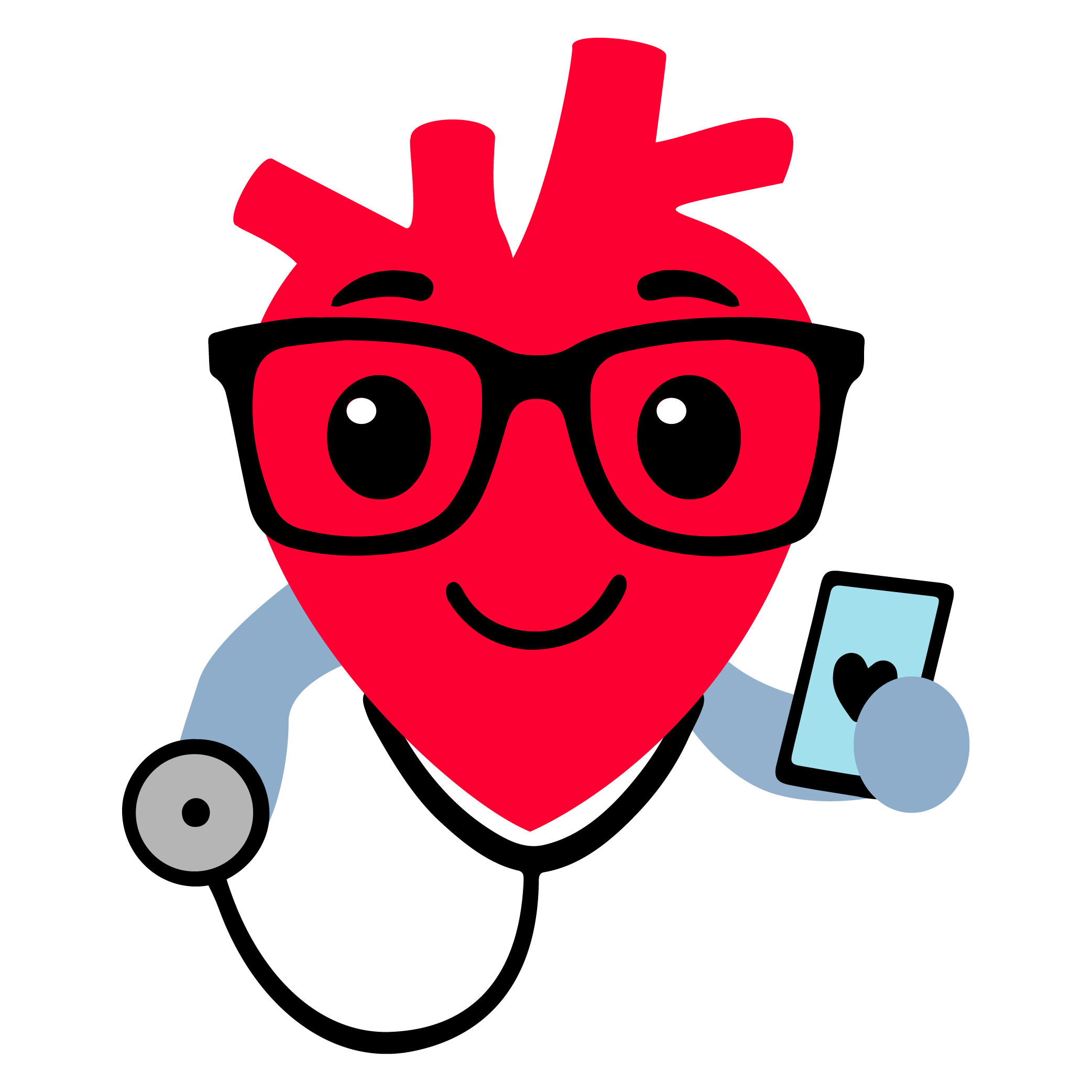The New Science of Heart Health.
Moving beyond outdated cholesterol models to analyze the true drivers of cardiovascular disease: metabolic dysfunction, inflammation, and endothelial health.
"It is the particles, not the cholesterol within them, that cause atherosclerosis." – Dr. Thomas Dayspring, Lipidologist
We are challenging the cholesterol status quo.
Heart disease isn't just plumbing. It’s driven by inflammation and insulin resistance.
We look beyond basic lipids to identify the root cause of cardiovascular risk.

The Root Cause Cascade
Atherosclerosis doesn't happen overnight. It's a progressive cascade driven by underlying dysfunction. Understanding this process is the key to optimization.
1. Metabolic Dysfunction
Insulin resistance and high blood sugar create systemic stress, driving inflammation and altering lipid profiles.
2. Endothelial Damage
Inflammation damages the delicate lining of the arteries (endothelium), making them "sticky" and vulnerable.
3. Lipid Infiltration
Atherogenic particles (ApoB) breach the damaged endothelium and become trapped in the arterial wall.
4. Plaque Formation
The immune system responds to the trapped lipids, leading to chronic inflammation and the formation of atherosclerotic plaque.
The Evolution of Cardiovascular Science
Tracing the path from the simplistic diet-heart hypothesis to the modern understanding of atherosclerosis as a complex, multifactorial disease.
The Seven Countries Study & The Diet-Heart Hypothesis
Suppressed Evidence: Minnesota Coronary Experiment (MCE)
The Rise of the Inflammation Hypothesis
Advanced Lipid Testing & Particle Number (ApoB)
JACC Paradigm Shift on Saturated Fat
The Four Pillars of Cardiovascular Disease
Atherosclerosis is not simply a plumbing problem. It is a systemic process driven by the interplay of endothelial damage, metabolic dysfunction, lipid transport, and environmental exposures.
Endothelial Health & The Glycocalyx
The process begins with damage to the endothelial glycocalyx—the delicate, protective layer lining the arteries. High blood sugar, oxidative stress, and toxins degrade this barrier, initiating inflammation and allowing lipoproteins to breach the arterial wall.[7, 24]
Insulin Resistance & Metabolic Syndrome
The central driver of cardiovascular risk. Insulin resistance directly promotes hypertension, impairs nitric oxide production, drives systemic inflammation, and creates atherogenic dyslipidemia (small dense LDL particles).[10, 11]
Advanced Lipidology: ApoB and Lp(a)
Risk is driven by the number of atherogenic particles (ApoB), not the cholesterol they carry (LDL-C). ApoB is superior for risk prediction.[25] Lipoprotein(a) (Lp(a)) is a critical genetic risk factor often missed in standard panels, affecting 20% of the population.[13]
Environmental & Systemic Factors
The total body burden contributes significantly. Exposure to heavy metals (lead, cadmium, arsenic) is strongly linked to CVD.[14] Recent studies also identified microplastics in arterial plaques, associated with a 4.5-fold increase in cardiovascular events.[15]
The Diagnostic Paradigm Shift
Comparing the predictive power (Relative Risk Ratio) of conventional vs. advanced cardiovascular markers.[25]
Landmark Evidence for Optimization
Clinical trials and advanced imaging studies demonstrating that heart disease progression can be influenced by intensive, root-cause focused interventions.
Ornish Lifestyle Heart Trial
Lyon Diet Heart Study
ApoB Superiority Confirmed
AI-Enhanced CCTA Analysis
The 3 Billion Beats Difference
From reactive reporting to proactive insights: How we leverage advanced diagnostics and a root-cause analytical framework.
Conventional Approach
Our Evidence-Based Approach
The Future of Personalized Heart Health.
Our AI platform analyzes 100+ root-cause labs and wearable data to map out your personalized educational roadmap.
Our health intelligence platform is launching soon. Be the first to know:
Scientific References
- Ravnskov U, et al. The Lipid–Heart Hypothesis and the Keys Equation... Nutrients. 2022; 14(19):4147.
- Kromhout D. Seven Countries Study. In: Encyclopedia of Food and Health. Academic Press; 2016.
- Ramsden CE, et al. Re-evaluation of the traditional diet-heart hypothesis: analysis of recovered data from Minnesota Coronary Experiment (1968-73). BMJ. 2016;353:i1246.
- Ramsden CE, et al. Use of dietary linoleic acid for secondary prevention of coronary heart disease and death... BMJ. 2013;346:e8707.
- Astrup A, et al. Saturated Fats and Health: A Reassessment... JACC State-of-the-Art Review. J Am Coll Cardiol. 2020;76(7):844-857.
- Libby P, Ridker PM, Hansson GK. Inflammation in atherosclerosis: from pathophysiology to practice. J Am Coll Cardiol. 2009;54(23):2129-2138.
- Ushiyama A, et al. Vascular Endothelial Glycocalyx as a Mechanism of Vascular Endothelial Dysfunction and Atherosclerosis. Int J Mol Sci. 2022;23(23):14881.
- Ridker PM. Inflammation and atherosclerosis... N Engl J Med. 2001;344(25):1959-1961.
- Gao S, Liu J. Oxidized low-density lipoprotein as a biomarker of cardiovascular diseases. Front Cardiovasc Med. 2022;9:961032.
- Laakso M. Insulin Resistance and Coronary Heart Disease in Nondiabetic Individuals. Arterioscler Thromb Vasc Biol. 2019;39(6):e147-e155.
- di Pino A, DeFronzo RA. Insulin Resistance and Atherosclerosis... Endocr Rev. 2019;40(6):1447-1467.
- Cromwell WC, et al. LDL Particle Number and Risk of Future Cardiovascular Disease in the Framingham Offspring Study. J Clin Lipidol. 2007;1(6):583-592.
- Tsimikas S. A Test in Context: Lipoprotein(a)... J Am Coll Cardiol. 2017;69(6):692-711.
- Bhatnagar A, et al. Contaminant Metals as Cardiovascular Risk Factors: A Scientific Statement From the American Heart Association. J Am Heart Assoc. 2023;12(15):e029822.
- Marfella R, et al. Microplastics and Nanoplastics in Atheromas and Cardiovascular Events. N Engl J Med. 2024;390(10):900-910.
- Trøseid M, et al. Gut-derived low-grade endotoxaemia, atherothrombosis and cardiovascular disease. Nat Rev Cardiol. 2020;17(3):123-132.
- Cohen S, et al. State of the Art Review: Psychological Stress and Cardiovascular Disease. JAMA. 2015;314(24):2664-2675.
- Choi AD, et al. Advances in Artificial Intelligence-Assisted Coronary Computed Tomographic Angiography... JACC Cardiovasc Imaging. 2022;15(3):508-520.
- TheNNT.com. Statins for Heart Disease Prevention (Without Prior Heart Disease). Accessed August 2025.
- Davignon J. Pleiotropic effects of statins. Circulation. 2004;109(23 Suppl 1):III39-43.
- Ornish D, et al. Intensive lifestyle changes for reversal of coronary heart disease. JAMA. 1998;280(23):2001-2007.
- de Lorgeril M, et al. Mediterranean diet... final report of the Lyon Diet Heart Study. Circulation. 1999;99(6):779-785.
- Reitsma S, et al. The endothelial glycocalyx: composition, functions, and visualization. Pflugers Arch. 2007;454(3):345-59.
- Sniderman AD, et al. A meta-analysis of low-density lipoprotein cholesterol, non-high-density lipoprotein cholesterol, and apolipoprotein B as markers of cardiovascular risk. Circ Cardiovasc Qual Outcomes. 2011;4(3):337-345.